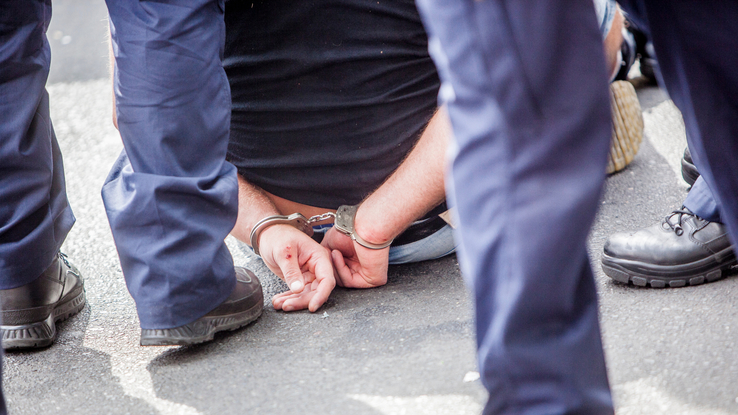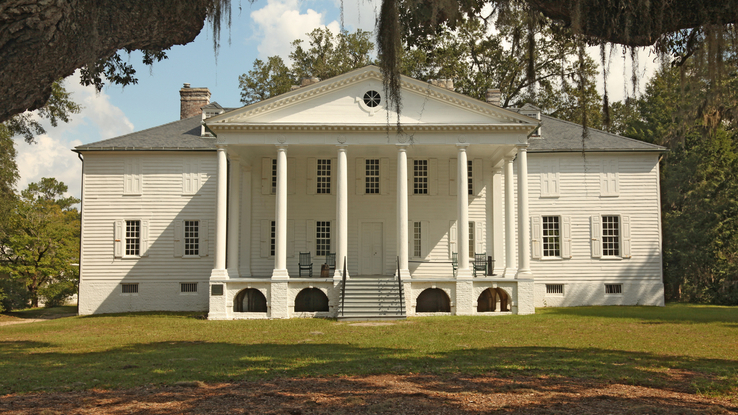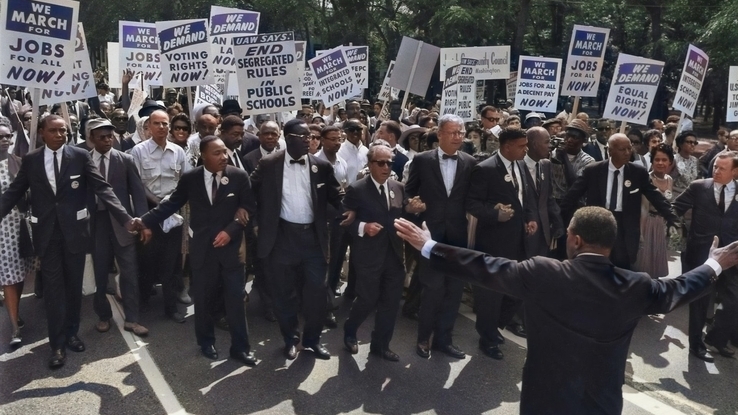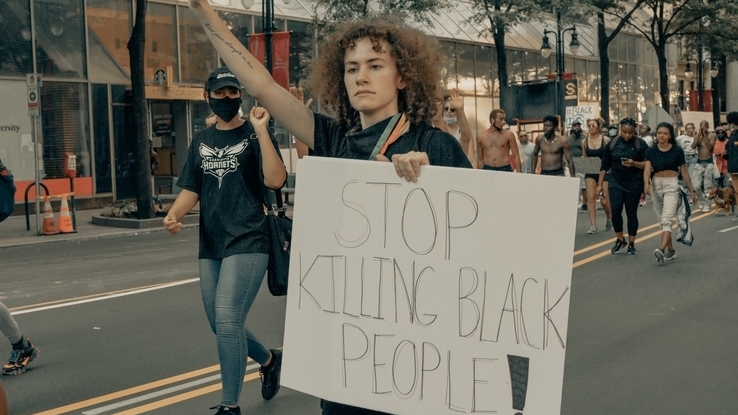The Painful History of Police Brutality in the United States

With protests in response to the police killing of George Floyd taking place in all 50 states, many Americans are reckoning with the history of police brutality in the United States for the first time. While headlines about police violence in the U.S. may seem like a new trend, the truth is that police brutality and misconduct has a long history in our country. Between 2013 and 2019 alone, 7,666 people were killed by police. In fact, black Americans are two-and-a-half times more likely to be killed by police than white Americans.
The civil rights movement of the 1960s marked a high point in attacks on protestors by officers of the law, but police brutality itself goes all the way back to the creation of the first police departments in the United States. This is what you need to know about the history of police brutality in the U.S.
Early Policing and Violence
In the first few decades after the United States won its independence in 1776, police departments as we know them today did not exist. Instead, there was a mix of private and volunteer watch services that looked out for danger and bad behavior as well as constables who handled everything from land surveys to arresting criminals.

It wasn’t until 1838 that Boston founded the country’s first police force, with other major Northern cities soon following suit. While there’s little clear evidence that crime was on the rise at the time, it was a period of transition. Factories and industrialization were on the rise, and European immigrants were arriving in large numbers as well as escaped slaves from the South. Meanwhile, business owners wanted a controlled environment for commerce and the ability to regulate the new arrivals that made up their work forces. As a result, European immigrants and free black people were the ones most likely to be on the receiving end of a policeman’s club in those days.
Although police departments eventually spread throughout the United States, runaway slaves were the biggest concern of wealthy landowners in the South, not criminals. Because of that, slave patrols were the most common form of law enforcement in the South. They were armed bands of white men who tried to catch escaped slaves and intimidate others into staying on plantations. After the Civil War, local sheriffs did similar work by enforcing laws aimed at segregating and disenfranchising black Americans.
Police Brutality and the Civil Rights Movement
While police brutality, especially against people of color, has existed in the United States in one form or another since American police have existed, the type of violence we’re familiar with today can arguably trace its roots to the end of World War II. The draft made many black Americans question the value of a government that would send them to war but not protect their rights, leading to mass protests and police violence in response. Nonetheless, black Americans continued to advocate for their rights more strongly than ever, leading to the beginning of the civil rights movement of the 1960s.

After the war, many black Americans moved North while fleeing segregation in the South, and many rural white Americans were moving to cities. The result was many white Americans being around black people for the first time in their lives. While mobs and lynchings had been used to intimidate black Americans in rural areas, that wasn’t practical in cities, and so police violence became a major way to keep black Americans from polling stations, white neighborhoods and more. As crime rose across America from the ’60s until the ’90s, police departments also received more and more funding.
It’s unsurprising then that when Martin Luther King, Jr. and other civil rights leaders protested for equal rights, they often endured police brutality. Many protests held against police brutality ended up becoming examples of it themselves, including the use of dogs and water hoses against nonviolent protesters.
Police Brutality Today
While the civil rights movement was eventually overshadowed by the Vietnam War and other events, police violence continued. The concept of broken window policing — targeting the breaking of minor laws to deter bigger crimes — led to poor communities across the country receiving disproportionate amounts of police scrutiny, and at times, police brutality. Some instances of police violence continued to inspire protests as well, including demonstrations both peaceful and violent. In 1991, police officers famously hit cab driver Rodney King more than 50 times with their batons — long after he had stopped resisting — and were subsequently acquitted, leading to massive unrest and more violence in Los Angeles and elsewhere.

Cases of police brutality continue to appear in the news, including George Floyd, Philando Castile, Freddie Gray, Tamir Rice and many more. Black Americans continue to be more likely to face police violence — by some estimates, three times as likely nationally — and rates of police brutality remain unrelated to rates of violent crime.
While police brutality continues to be a problem in the United States, support for police reform is also on the rise across all races and political parties. Young people are particularly likely to support reforming the justice system. Some police reforms have had limited success in the past, and as attitudes change, more may come. Combined with shifting public opinion, the state of police brutality in the United States may change with time.





